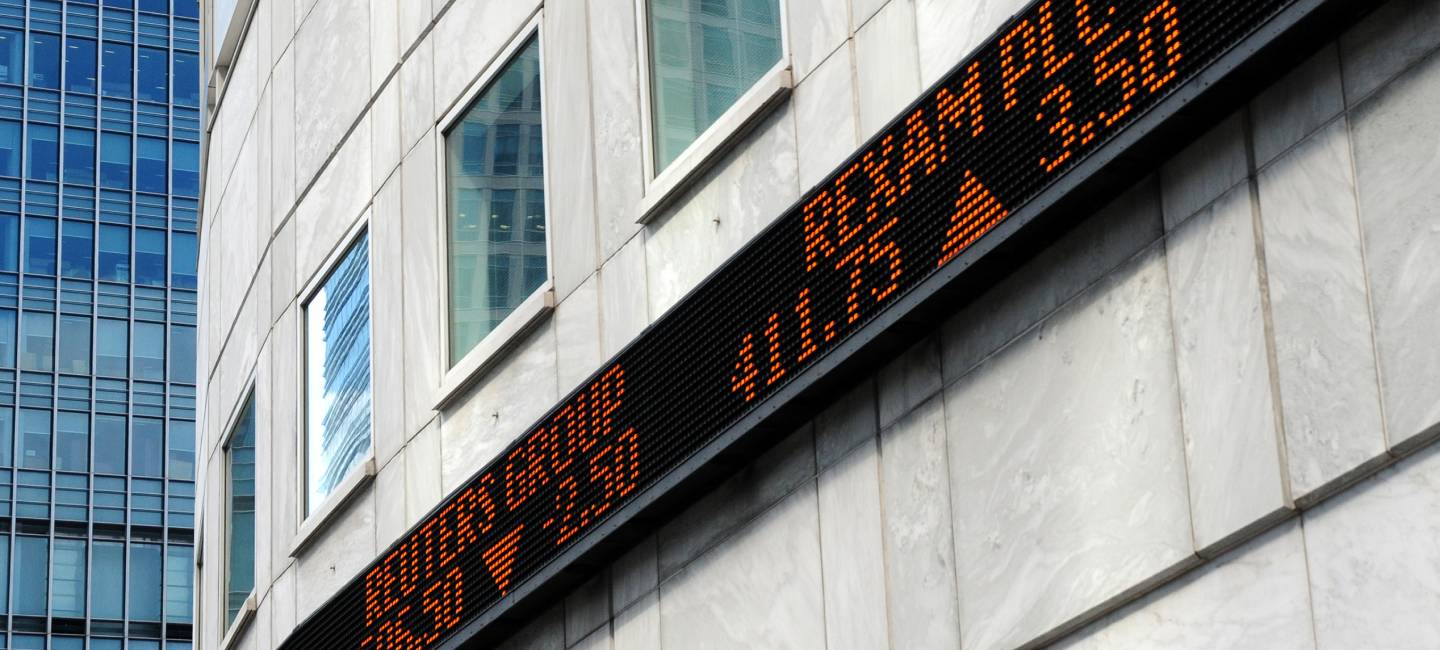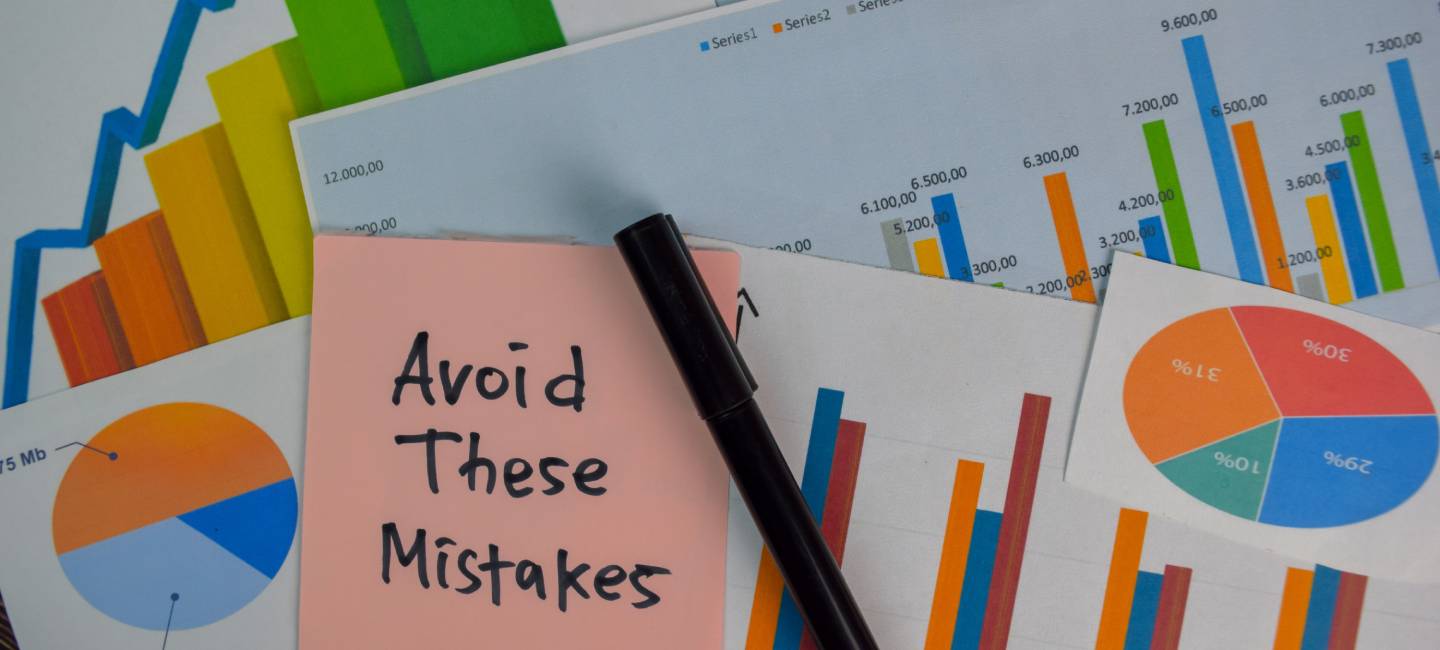

This article is for general guidance only and is not financial or professional advice. Any links are for your own information, and do not constitute any form of recommendation by Saga. You should not solely rely on this information to make any decisions, and consider seeking independent professional advice. All figures and information in this article are correct at the time of publishing, but laws, entitlements, tax treatments and allowances may change in the future.
Dividend-paying companies can be an important source of income for investors, especially if you’re retired. British companies have traditionally offered some of the best dividend yields. Many firms on the FTSE 100 have a long tradition of returning substantial sums to shareholders.
While dividends are not guaranteed – companies can cut or cancel them at any time – it can be helpful to know what to look out for. Below, we’ll explain which companies are leading the pack, and what you need to know about investing for income.
What’s on this page?
A dividend is a payment a company makes to its shareholders, usually from its profits. As well as providing a regular income, dividends can offer stability in volatile markets and potential tax benefits.
“If dividends are reinvested, this gives investors the chance to harness the compounding effect of regular payouts, especially if these accumulate over the longer term. Once you reach retirement age, dividends can provide an extremely useful income stream, helping boost pension payouts.”
Dividend investing is a strategy where investors focus on buying shares that pay regular dividends, aiming to generate a steady income stream over time.
By contrast, investing for growth involves seeking to increase the total value of a portfolio over the long term. Investors might do this by focusing on assets likely to increase in price and reinvesting any income rather than withdrawing it as income.
Russ Mould, investment director at AJ Bell, says the strongest long-term share price performance often comes from companies with the most consistent dividend growth record, as they provide the dream combination of higher dividends and a higher share price.
“The increased distribution will over time drag the share price higher through sheer force. A 1p per share dividend on a 100p share price may not catch the eye, but if that dividend reaches 10p in a decade’s time it almost certainly will,” he explains. However, he adds that barely a sixth of the current crop of FTSE 100 firms can show a dividend growth streak that covers the last decade.
‘Dividend yield’ is a measure of how much income a shareholder earns from a stock relative to its current price. It’s expressed as a percentage and helps investors compare the income potential of different shares.
A stock’s dividend cover ratio measures how well the company’s earnings can support its dividend. It is typically calculated as earnings per share divided by dividend per share. The higher the ratio, the more comfortably a company can afford to maintain its dividend payments. A ratio close to 1 suggests the company is paying out nearly all of its earnings, which may be harder to sustain if profits fall.
James Burns, head of managed portfolio service at Evelyn Partners, says income-seeking investors may want some degree of certainty over the income they might receive from their investments.
“Dividend cover is a good metric to gauge the sustainability of those payouts. In the case of investment trusts there is the added comfort of looking at the revenue reserves as a percentage of the historic dividends paid.”
The payout ratio is also worth looking at. A higher payout ratio indicates the company is distributing most of its earnings to shareholders. This can be attractive for income seekers but leaves less room for reinvestment, so may affect long-term growth.
A payout ratio above 100% means the company is paying out more than it takes in income, which is often a warning sign that dividends may be unsustainable.
This table compiled by AJ Bell shows the forecasted 10 highest dividend yields for the FTSE 100 in 2025.
| 2025 | 2025 | 2025 | |
|---|---|---|---|
|
|
Dividend yield |
Dividend cover |
Payout ratio |
|
Taylor Wimpey |
9.2% |
1.00 x |
100% |
|
Legal and General |
8.5% |
1.00 x |
100% |
|
Phoenix Group |
8.0% |
0.28 x |
357% |
|
M&G |
7.8% |
1.16 x |
86% |
|
Land Securities |
7.2% |
2.12 x |
47% |
|
WPP |
7.1% |
2.39 x |
42% |
|
BP |
5.9% |
1.41 x |
71% |
|
Admiral Group |
5.8% |
1.17 x |
85% |
|
LondonMetric Property |
5.8% |
1.61 x |
62% |
|
British American Tobacco |
5.6% |
1.38 x |
72% |

In the UK, the best dividend stocks tend to be in sectors with stable earnings, strong cash flows and mature business models. The financial sector - particularly banks, insurance companies, and asset managers - is a leading source of generous yields, with names such as Legal & General, M&G, and Phoenix Group often featuring prominently. Energy and utilities companies such as SSE, National Grid and Centrica are also frequent dividend payers.
Consumer staples businesses, such as British American Tobacco and Unilever, and telecommunications providers including Vodafone and BT Group also frequently return a high proportion of profits to investors.
Real Estate Investment Trusts (REITs), such as Segro, British Land, and Land Securities, are another key source of income. REITs are legally required to distribute most of their rental income as dividends, offering the opportunity for steady returns.
“The less economically sensitive the business, the more reliable the cash flow and dividend may be, which is why utilities, consumer staples like tobacco and alcohol, are seen as potentially dependable sources of dividends,” explains Mould. “By contrast, industries such as mining, housebuilding and industrials can see dividend payments rise during the good times and falter during more difficult ones.”
Investment trusts are a type of closed-end fund that pool investors’ capital to invest in assets like equities, bonds, or property. They receive dividends from their holdings and in turn make dividend payments to their own shareholders.
Investment trusts are able to retain up to 15% of their income each year, which moves into a revenue reserve and allows them to distribute dividends even in times of a downturn. In contrast, open-ended funds must pay out all of their net income to their unit holders, meaning the dividends paid can fluctuate considerably.
Burns adds: “This ability to use revenue reserves is a crucial differentiator between these two types of pooled investment vehicle and is why investment trusts are a favoured vehicle for many income-seeking investors.”
Whether investors should reinvest dividends depends on their financial goals, time horizon and income needs.
Drawing an income rather than continuing to reinvest the dividends could be considered slightly less risky given that you reduce exposure to a fund and so any volatility it could be hit with.
“If you’re approaching retirement age and want more stability, opting for income units might be attractive, but remember dividends are not guaranteed,” says Streeter.
“On the other hand, if you have a longer horizon to work with, choosing income over accumulation (reinvesting dividends) could be more of a risk as it could limit growth in your investments over time.”
Many investors take a blended approach – reinvesting dividends during their working years to build wealth, then switching to taking them as income later in life when they need the cash flow.
For income-seeking investors over 50, the general advice is to focus on high-quality, dividend-paying companies with strong cash flows and sustainable payout ratios.
It’s usually recommended to diversify these across reliable sectors such as financials, utilities, consumer staples, and REITs. Combining these with income-focused investment trusts could also smooth returns and reduce risk. Remember that nothing is guaranteed with investing, and the value of your investment could go down as well as up.
If you don’t need the income immediately, consider reinvesting dividends to grow your portfolio until you do, then switch to taking them as cash to fund your living costs.


With our Stocks & Shares ISA and General Investment Accounts. Capital at risk.

Find out whether investing fits with your personal goals, financial situation and risk appetite.
.jpg?la=en&h=354&w=616&hash=DF845FE6DE9798B89724CB777DB917B3)

From the choice of investments to charges and service, we explain the key things to consider

Learn how to make portfolio reviews a rewarding part of your investing journey.